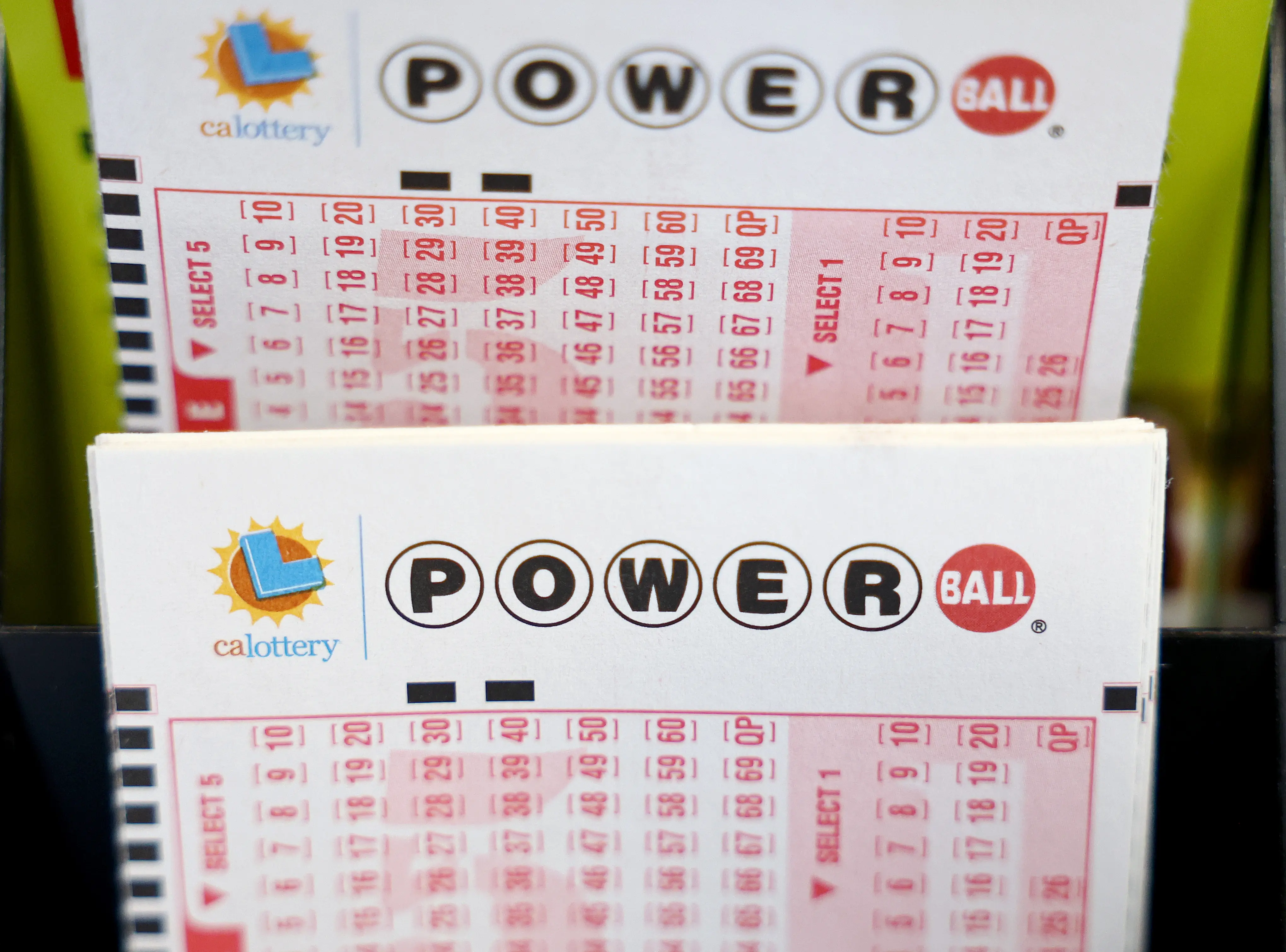Powerball jackpot skyrockets to $426 million—but here’s the real amount the winner will receive
-
 LOS ANGELES, CALIFORNIA - JULY 18: Powerball play slips are displayed in a convenience store on July 18, 2023 in Los Angeles, California. The Powerball jackpot for the drawing on July 19th is now estimated to be $1 billion after three months of drawings without a winner. (Photo by Mario Tama/Getty Images)
LOS ANGELES, CALIFORNIA - JULY 18: Powerball play slips are displayed in a convenience store on July 18, 2023 in Los Angeles, California. The Powerball jackpot for the drawing on July 19th is now estimated to be $1 billion after three months of drawings without a winner. (Photo by Mario Tama/Getty Images)The Powerball jackpot has now reached a huge $426 million. With so many people buying tickets and dreaming of big money, this prize is getting lots of attention. But while $426 million sounds like a life-changing amount, the actual payout will be much lower—especially after taxes.
So how much does the winner really get to keep? The final amount depends on a few key choices and how much is taken out for taxes. Here’s a clear breakdown of what to expect if someone wins this massive jackpot.
The Two Payout Options: Lump Sum vs Annuity
When someone wins the Powerball jackpot, they have two choices for how to receive the money:
1.
Annuity Option
With this option, the winner gets the full $426 million—but not all at once. The money is paid out in 30 yearly payments. Each payment gets a little bigger over time.
This option gives the winner the full amount before taxes, but they have to wait many years to collect all of it. Some people like this because it gives steady income and avoids the risk of spending everything quickly.
2.
Lump Sum Option
Most winners choose the lump sum. This means taking a smaller amount right away instead of spreading it out over 30 years.
For this jackpot, the lump sum option would be about $196.7 million. This is the amount before any taxes are taken out.
Federal Taxes Will Take a Big Cut
No matter which payout option is chosen, taxes will reduce the final amount. In the United States, the federal government automatically takes 24% from lottery winnings right away.
So if the winner chooses the lump sum:
- Starting amount: $196.7 million
- 24% federal withholding: about $47.2 million
- Amount after initial taxes: around $149.5 million
But that’s not the end. The IRS may ask for more later, since lottery winnings are taxed like income. The top federal tax rate is 37%, which means the winner might owe an additional 13% at tax time. That could lower the final amount to about $124 million.
State Taxes Vary by Location
Besides federal taxes, most states also collect taxes on lottery winnings. The amount depends on where the winner lives. Here are some examples:
- California: No state tax on lottery prizes
- Florida, Texas, Tennessee: No income tax at all
- New York: State tax can go as high as 10.9%
So a winner in California or Florida could keep more of their money than someone in New York.
What’s Left After All Taxes?
Let’s say someone wins the Powerball and lives in a state with no income tax. They choose the lump sum. After all federal taxes, they may be left with about $124 million.
That’s still a huge amount of money—but far from the $426 million headline number. The taxes and payout method make a big difference.
Why Do Most Winners Pick the Lump Sum?
Even though the annuity gives more money over time, most winners still pick the lump sum. Why?
- They want the money now
- They’re worried about future taxes or rules changing
- They want to invest or spend as they choose
- They may not want to wait 30 years for full payment
For many people, taking a smaller amount now feels more secure and gives more freedom.
The Powerball jackpot is now at $426 million, making it one of the largest in recent months. While it’s fun to imagine winning that much, it’s also important to understand what the winner will actually take home.
After choosing a payout option and paying taxes, the final amount could be closer to $124 million—still life-changing, but not the full jackpot number. As always, the odds of winning remain very low, but that hasn’t stopped millions from buying a ticket and dreaming big.
TOPICS: Powerball
- Hoosier Lottery shares the Mega Millions and cash 5 winning numbers for the Nov. 28, 2025 drawing
- Connecticut mom wins $500,000 in Powerball double play, becoming the state’s first major prize winner
- Publix sells a Mega Millions ticket worth $980 million — here’s how to know if it came from your store
- Did anyone win the massive $684 million Powerball jackpot? Here are the full winning numbers for Nov. 26, 2025